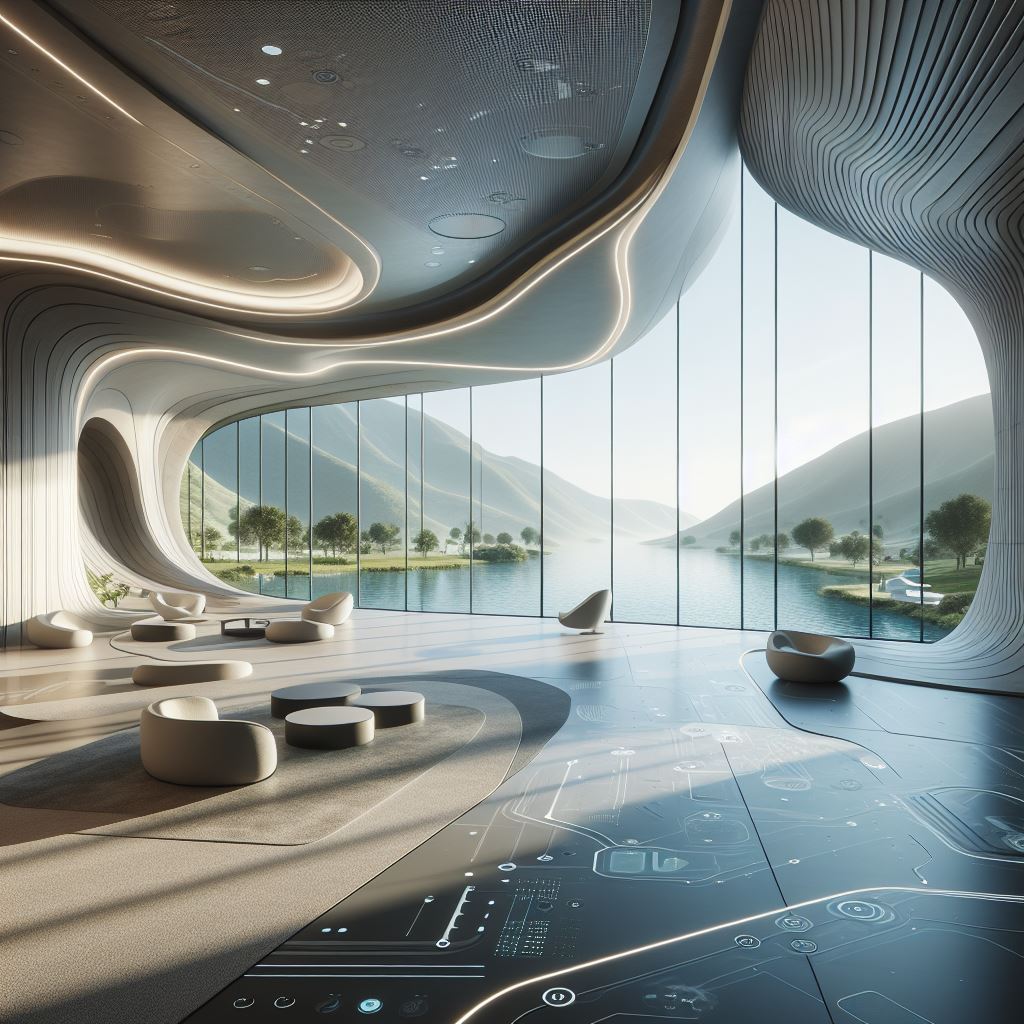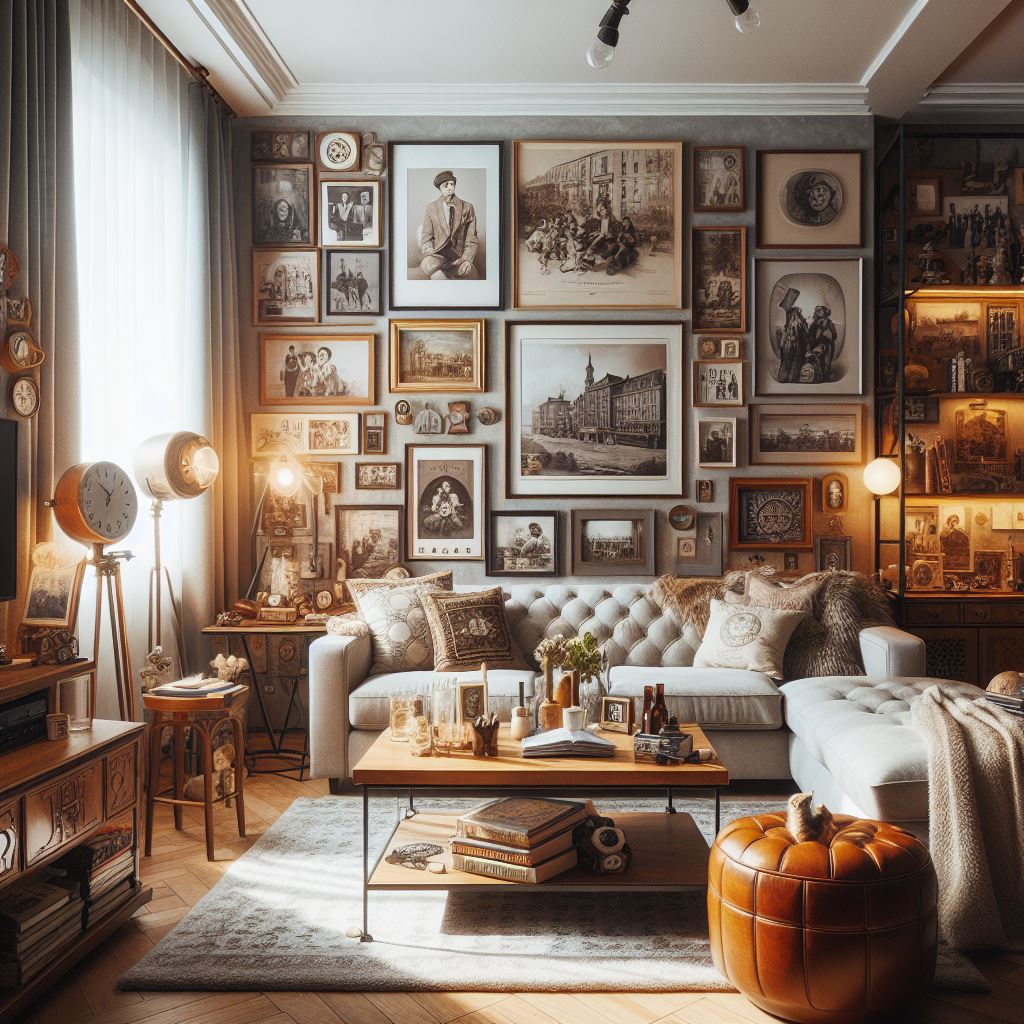Understanding Color Theory
Before delving into creative color combinations, it’s essential to understand the basics of color theory. Colors are not just arbitrary choices; they evoke specific emotions and associations. By understanding color psychology and how colors interact with each other, designers can create more impactful and meaningful designs.
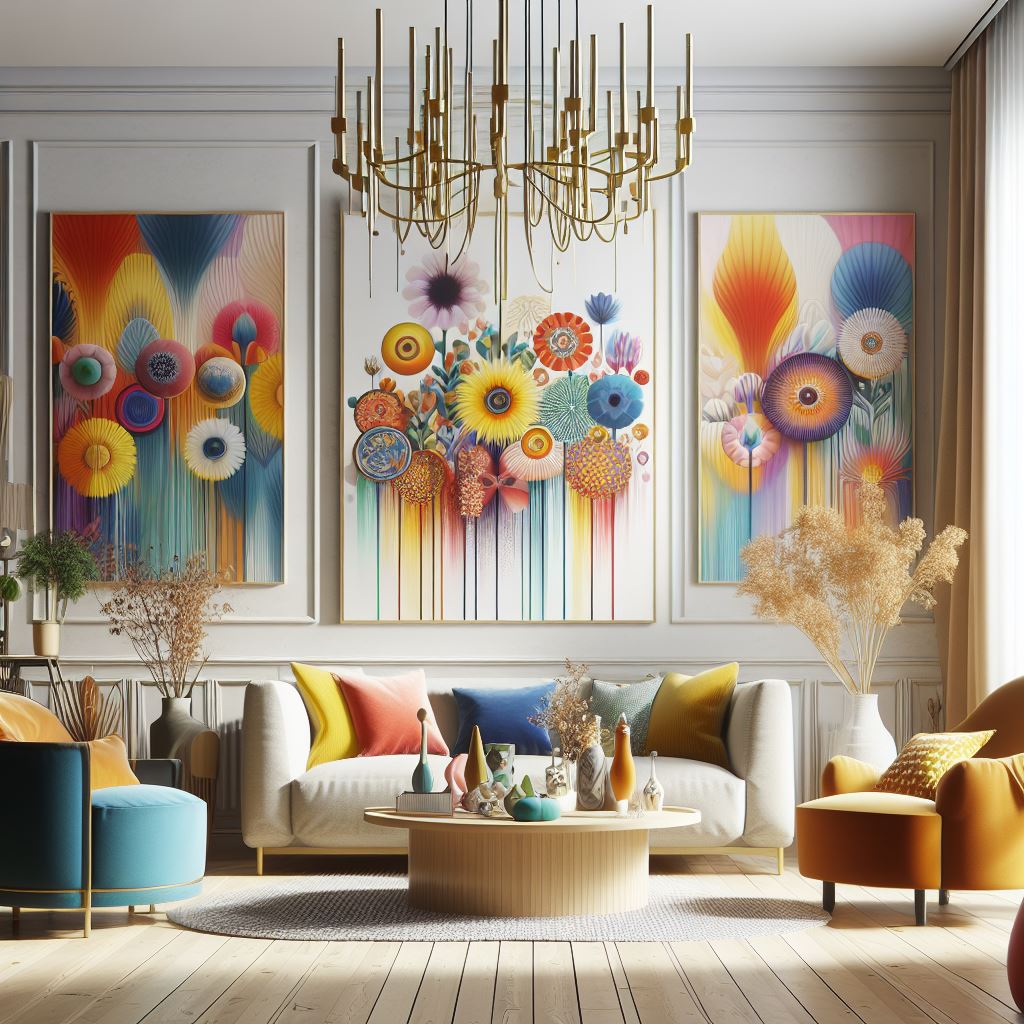
Exploring Creative Color Combinations
Creative color combinations involve more than just choosing colors that look good together; they’re about creating visual interest and depth through contrast and harmony. By strategically combining contrasting and complementary colors, designers can achieve stunning effects that capture attention and leave a lasting impression.
Using the Color Wheel
The color wheel is a valuable tool for understanding how colors relate to each other. Complementary colors sit opposite each other on the color wheel and create dynamic contrast when used together. Analogous colors are adjacent to each other on the wheel and create a harmonious, cohesive look. Triadic colors form a triangle on the color wheel and offer a balanced combination of contrast and harmony.
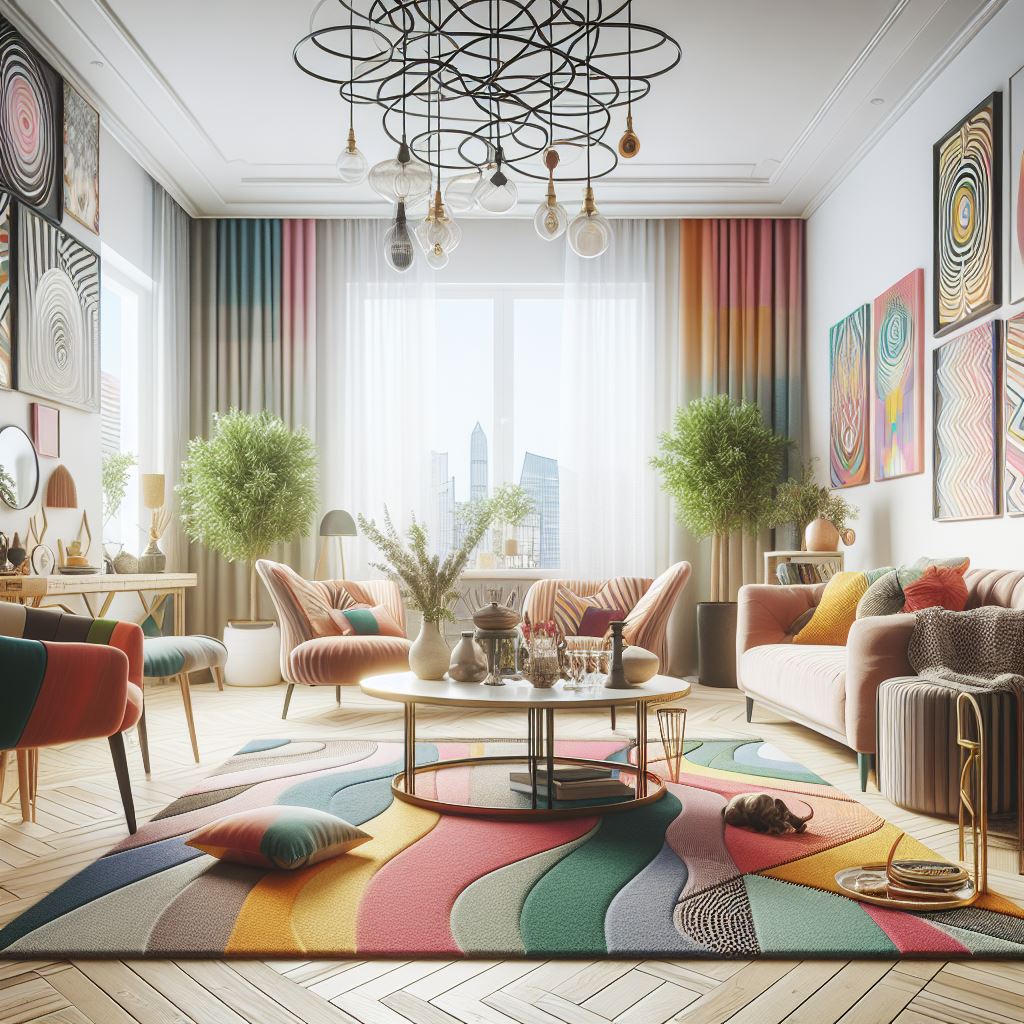
Adding Depth with Contrast
Contrast is a key element in creating depth and visual interest in design. By juxtaposing light and dark colors, warm and cool tones, or saturated and muted hues, designers can create dynamic compositions that draw the eye and create a sense of movement. Experimenting with different levels of contrast can lead to unexpected and exciting results.
Harmonizing Colors
While contrast is important, it’s also essential to balance contrasting colors to create a cohesive overall design. By incorporating neutral tones or transitional colors, designers can soften the impact of contrasting colors and create a harmonious color palette that feels balanced and unified.
Color Combinations in Different Design Contexts
Creative color combinations are used across a wide range of design fields, from graphic design to interior design to fashion. In graphic design, bold and vibrant color combinations can grab attention and communicate brand personality. In interior design, carefully curated color palettes can set the mood and create atmosphere. In fashion, unexpected color combinations can make a bold style statement and express individuality.
Case Studies: Successful Examples of Creative Color Combinations
Examining real-life examples of successful color combinations can provide valuable insights and inspiration for designers. From iconic brand logos to striking interior spaces to eye-catching fashion ensembles, these case studies showcase the power of creative color combinations to captivate and inspire.
Practical Tips for Designers
For designers looking to experiment with color combinations, there are several practical tips to keep in mind. Start by gathering inspiration from nature, art, and everyday life. Use color theory principles as a guide but don’t be afraid to break the rules and trust your instincts. Experiment with different color combinations using online tools and resources, and don’t be afraid to push the boundaries of creativity.
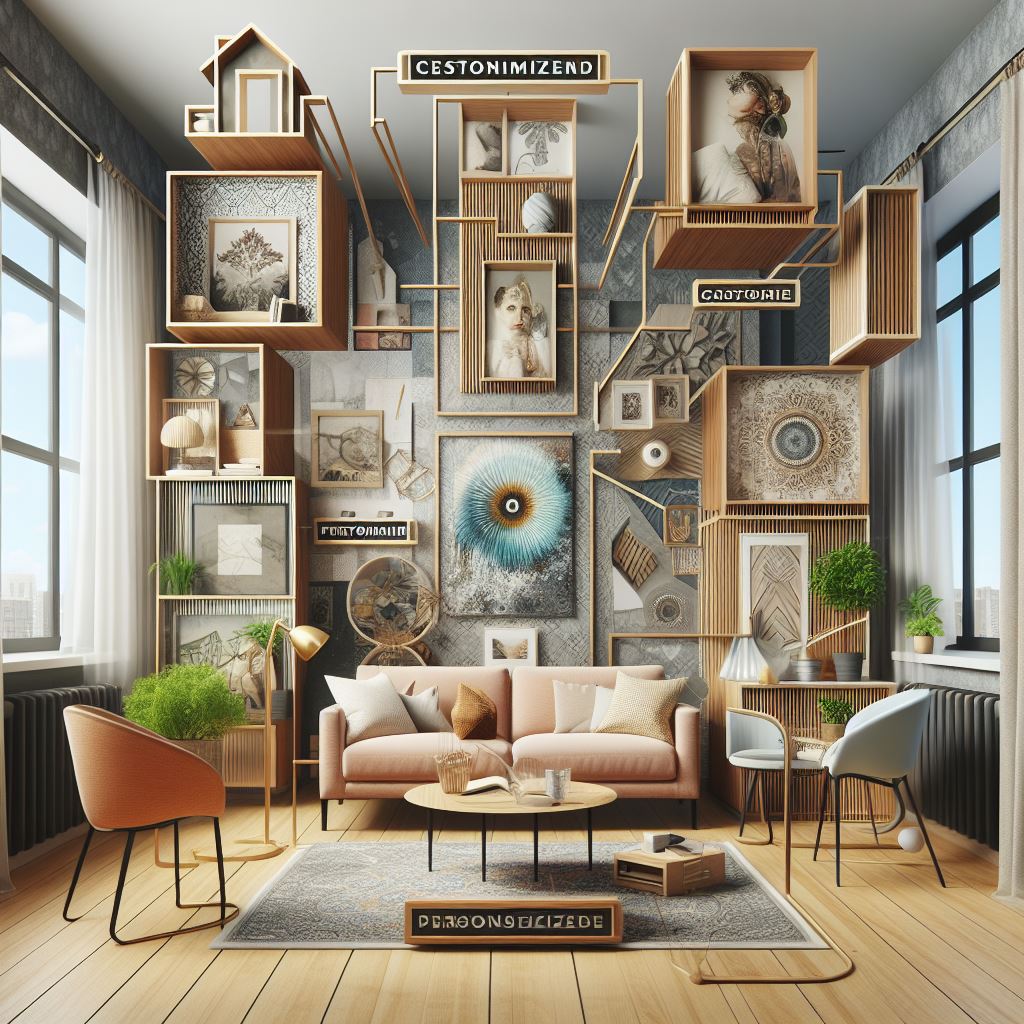
The Psychological Impact of Color
It’s important to consider the psychological impact of color when choosing color combinations for design projects. Warm colors like red and orange can evoke feelings of passion and energy, while cool colors like blue and green can promote calm and relaxation. Understanding the psychological effects of color can help designers create designs that resonate with their audience on a deeper level.
Trends in Color Combinations
Color trends are constantly evolving, influenced by factors such as culture, technology, and social media. Current trends in color combinations include bold and unexpected pairings, monochromatic schemes, and nostalgic color palettes. Looking ahead, we can expect to see continued experimentation with color and an emphasis on personal expression and individuality.
Conclusion
In conclusion, creative color combinations offer endless possibilities for designers looking to add depth, dimension, and visual interest to their projects. By understanding the principles of color theory, experimenting with contrast and harmony, and staying attuned to the latest trends, designers can create impactful and memorable designs that captivate and inspire. So go ahead, unleash your creativity, and let the colors speak for themselves.
FAQs (Frequently Asked Questions)
- How do I choose the right color combination for my design project? Start by considering the mood and message you want to convey. Think about the emotions you want to evoke and choose colors that align with those feelings. Experiment with different combinations until you find one that feels right for your project.
- What are some common mistakes to avoid when using color combinations in design? One common mistake is using too many colors or colors that clash. Keep your color palette simple and cohesive, and avoid overwhelming your design with unnecessary colors. Also, be mindful of color accessibility and ensure your design is legible for all users.
- How can I create contrast without using bright or bold colors? Contrast doesn’t have to be limited to color intensity; it can also be achieved through variations in value, saturation, or texture. Experiment with different shades of the same color or combine light and dark tones to create subtle contrast and visual interest.
- Are there any cultural considerations to keep in mind when choosing color combinations? Yes, colors can have different meanings and associations in different cultures. Be mindful of cultural sensitivities and avoid using colors that may have negative connotations or offend certain groups. When in doubt, research the cultural significance of colors in your target audience’s region.
- How can I stay updated on the latest color trends and inspirations? Stay connected with design communities, follow influencers and thought leaders in the design industry, and keep an eye on social media platforms like Pinterest and Instagram for inspiration. Attend design conferences and workshops, and subscribe to design publications and newsletters for the latest trends and insights.
